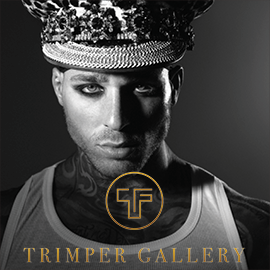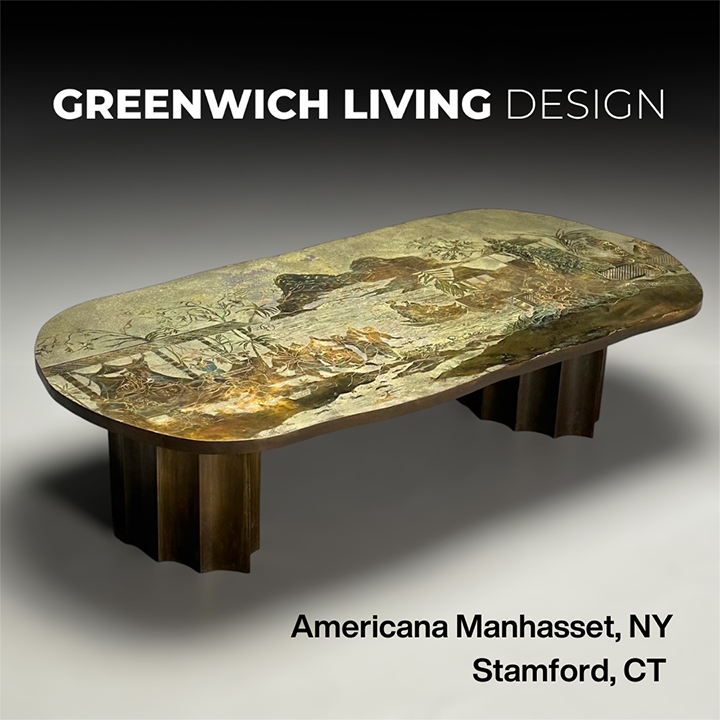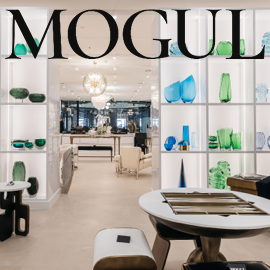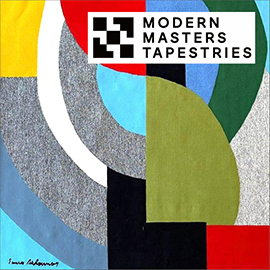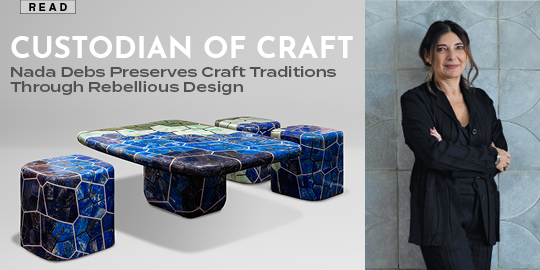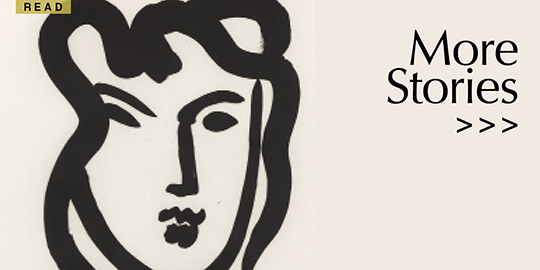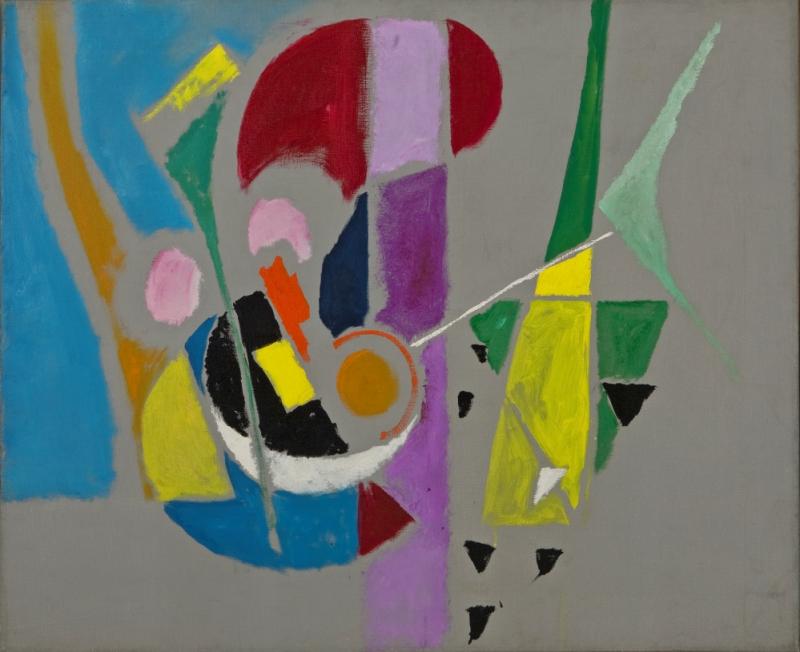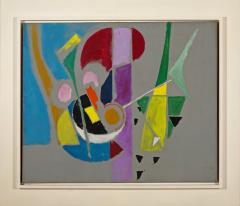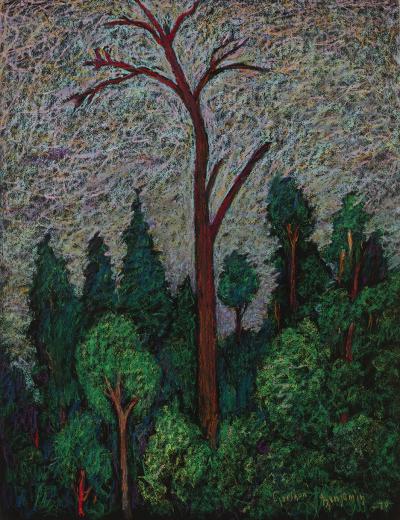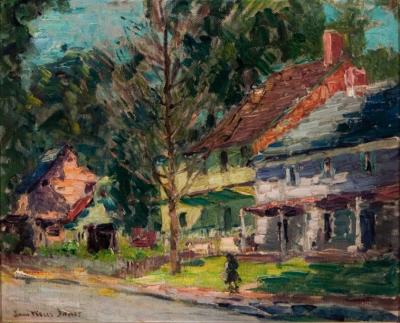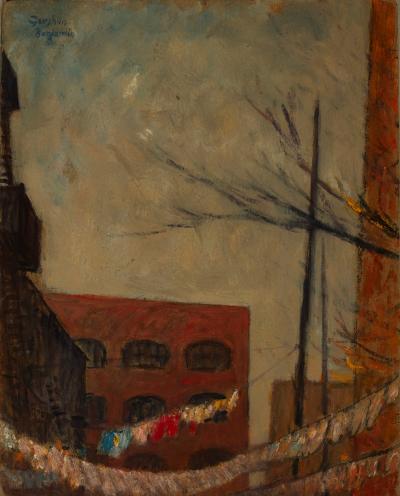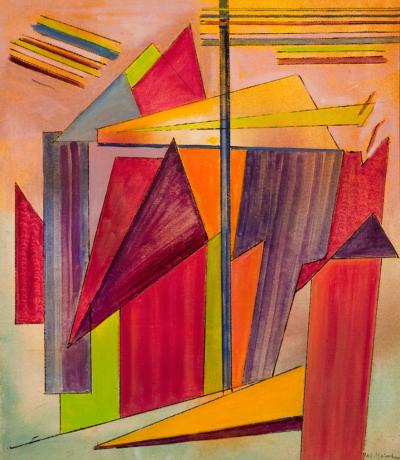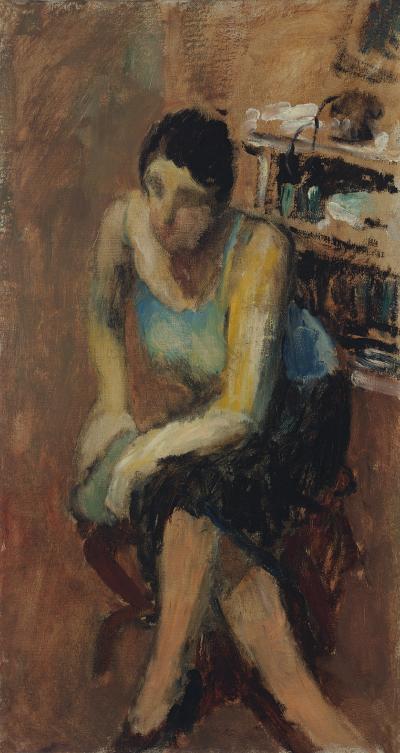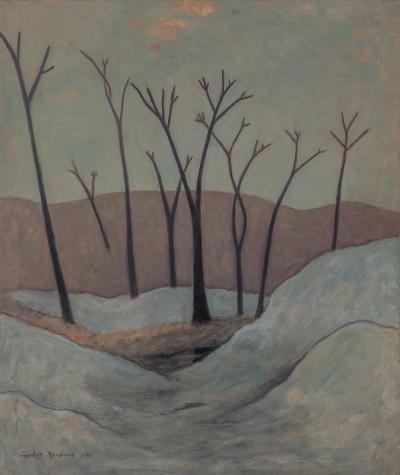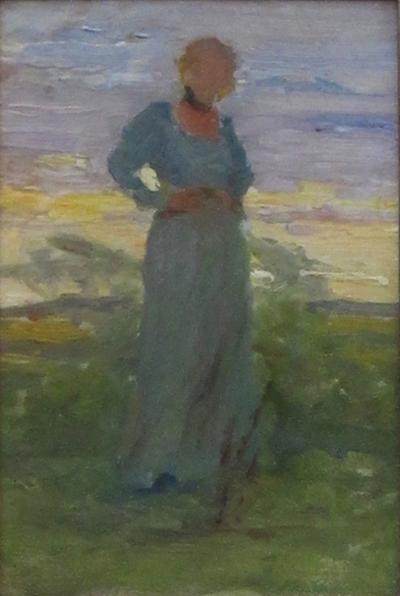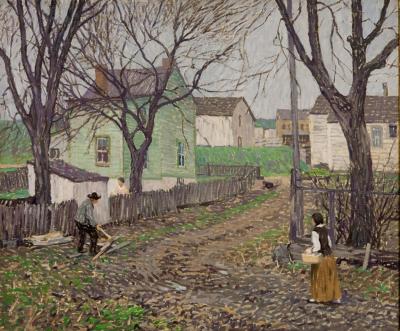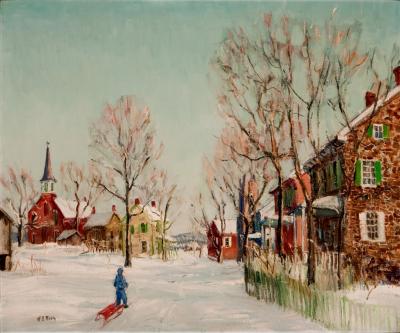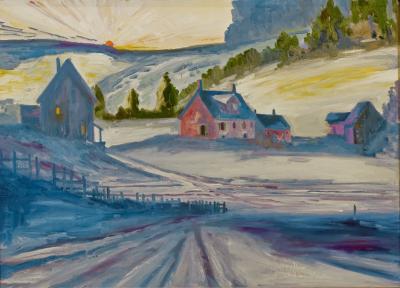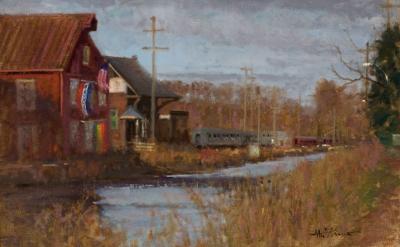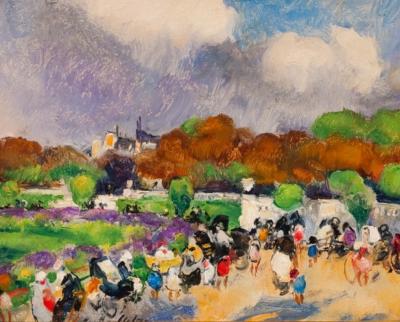"Abstraction"
-
Description
Arthur Carles Jr (1882 - 1952)
Born in Philadelphia, Pennsylvania, Arthur Carles was a painter whose work went through phases of Realism, Impressionism, Fauvism and Abstract Expressionism, and of the latter style, he was one of the first American proponents.
It has been expressed that his facile, technical skills led to his inability to settle on a style, which worked against him because he was not known for any specific type of work. He spent most of his life in Philadelphia where he studied, taught and exhibited at the Philadelphia Academy of the Fine Arts.
At the Pennsylvania Academy, he was early influenced by the bravura technique of William Merritt Chase as well as by early works of Edouard Manet. At the same time, he also painted in a precise realist manner. In 1907, he went to Paris to study and developed an interest in Post-Impressionism and Fauvism and fell under the influence of his friend, Henri Matisse. He also associated with Paul Gaughin, Hans Hofmann, Gertrude and Leo Stein, Alfred Maurer and the American, John Marin.
In New York, he participated in Alfred Stieglitz 1910 avant-garde show "Younger American Painters," which made the distinction between the popular American Scene painters and those including Carles who were painting abstraction.
In 1913, his work was part of the New York Armory Show, another exhibition that included modernist painting and sculpture of Europeans and Americans and shocked many Americans. During World War I, Carles was among a group of artists who served as civilian ship camouflage artists for the U.S. Shipping Board in Philadelphia.
In the 1920s and 1930s, he did little exhibiting, but his work became increasingly abstract, and between 1937 and 1941, he created works whose heavily brushed surfaces and violent-appearing rhythms anticipated the Abstract Expressionism that became pervasive in America in the 1950s.
Carles was so alone in the critical eye because he was so far ahead. He slowly digested his European lessons, then moved on to a symphonic orchestration of colors all his own.
He also did portraits and floral studies, but he stopped painting in 1941 because of an accident. Since his death in 1952, his work has remained relatively obscure, a condition that some attribute to his alcoholism and the fact he had no ongoing relationship with a gallery that promoted him. Also his work was left in disarray with many pieces undated and some disappearing. However, in 1983, Barbara Wolanin organized a retrospective of his work at the Pennsylvania Academy of the Fine Arts with the idea of causing viewers to appreciate his painting. -
More Information
Documentation: Ample Provenance Origin: United States, Pennsylvania Period: 1920-1949 Materials: Oil on Canvas Condition: Excellent. Creation Date: Circa 1935 Styles / Movements: Abstract Expressionism Dealer Reference #: 000240 Incollect Reference #: 293894 -
Dimensions
W. 36 in; H. 29.5 in; W. 91.44 cm; H. 74.93 cm;
Message from Seller:
Welcome to Jim's of Lambertville Fine Art Gallery, located in the heart of Lambertville, NJ. Specializing in Pennsylvania Impressionist and Modernist paintings, antiques, and custom framing, we invite you to visit us or contact us at 609.397.7700 or via email at info@jimsoflambertville.com.

